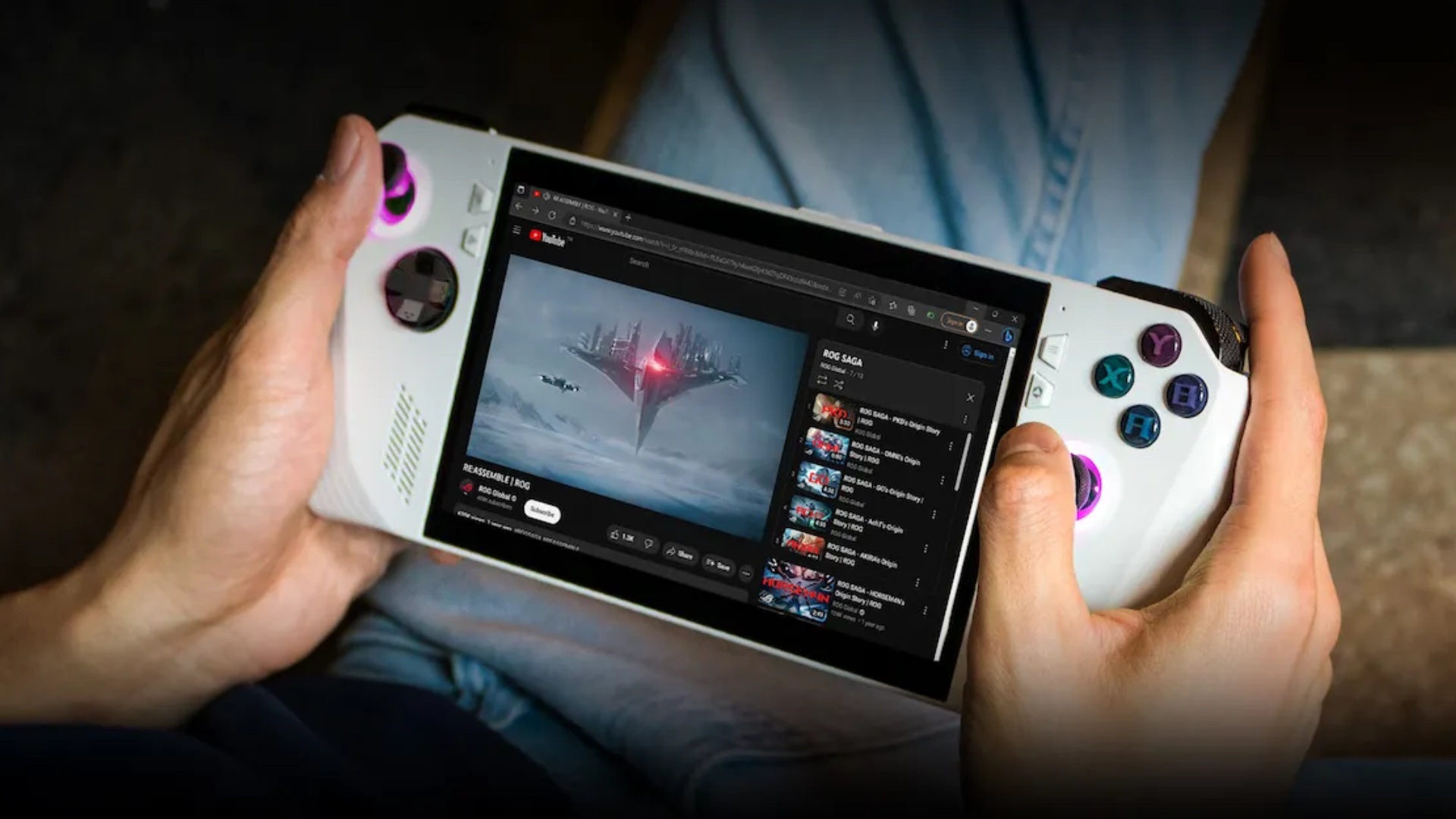Zoë Schiffer: Then it started to jam a little bit. Or I don't know the correct term, but it did malfunction, right?
Andy Greenberg: Yeah, it did jam and it misfired several times. We reloaded it and I fired it a bunch more times. It would fire, and then misfire, and fire, and misfire. We did a bunch of troubleshooting, but ultimately we did get it working as a full semi-automatic handgun that could really empty a whole magazine worth of rounds.
Zoë Schiffer: You also pointed out that Brian Thompson's alleged killer—their gun also malfunctioned. It looked like, from the videos, that they had practiced a fair amount because they were totally unperturbed by the experience that you had, where the gun jammed, and then you had to troubleshoot, and then keep going.
Andy Greenberg: Right. Once we had gotten the gun working as a real semi-automatic, then we put the silencer on, our 3D-printed silencer. The silencer, based on the way that it attaches to the muzzle, it does actually prevent the slide from getting its full range of motion. It no longer actually worked as a true semi-automatic weapon. I had to, every time I pulled the trigger, pull back the slide, rack the gun as they say, which ejects a casing and pushes a new round into the chamber, ready to be fired. You have to manually rack it each time.
But when I looked at the surveillance video of allegedly Luigi Mangione killing Brian Thompson, or whoever that was in that video, you can see that they do exactly that. They pull back the slide with every shot. In fact, they seem to be fully prepared to do that. They don't hesitate at all. It was this eerie feeling of realizing that we had arrived at exactly the place where Brian Thompson's killer did. It was this very unnerving feeling of realizing that I was carrying out exactly the same process, I was going through exactly the same sensations of recoil, and racking, and firing again that I was seeing in this actual murder video.
Zoë Schiffer: Talk to me about what proponents of ghost guns say. Why are they for this untraceable and potentially really dangerous technology?
Andy Greenberg: I think there's a whole range of people who are interested in ghost guns and 3D-printed guns. Cody Wilson, the creator of the first fully 3D-printed gun, I was there in 2013 when he fired for the first time the Liberator, this fully plastic, fully 3D-printed one-shot pistol. He wants to destroy the state. He's a full-on radical Libertarian who believes that actually making gun control impossible, but demonstrating that it is fundamentally impossible. He can use that as a lever to show that “all government is impossible.”
But then you talk to somebody like Print, Shoot, Repeat, who was the one who helped us out in this experiment. He's also a real advocate for 3D-printed guns. But he told me, “I like this because I like the idea of being able to make my own guns at home. You can experiment with the process, and build guns that are not commercially available, and do it with full anonymity and privacy.” I did ask him, “Doesn't that also pose a real risk? Doesn't the ability for anybody essentially to make a gun at home with anonymity and privacy mean that they can use it to commit a crime?” He, like a lot of gun advocates I think in general, his answer was, “Well, freedom is dangerous,” and that's the American way, essentially.
.png)



